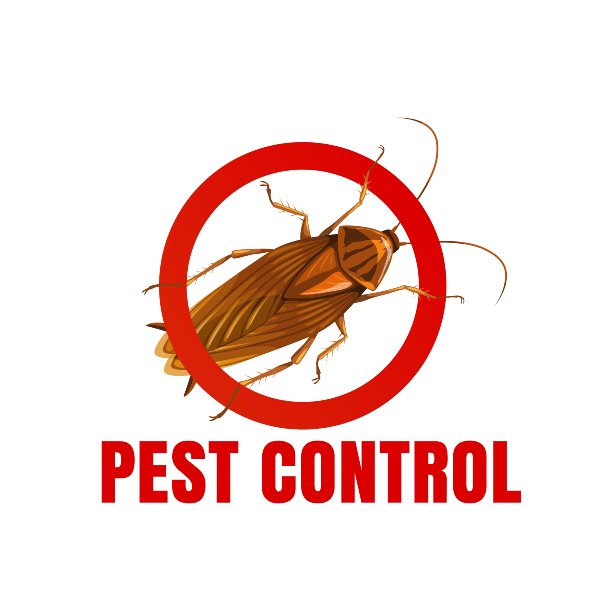Effective A1 Bed Bug Treatment in Charlotte - Safe and Proven Methods
Effective A1 Bed Bug Treatment in Charlotte - Safe and Proven Methods
Blog Article
Bed Insect Therapy Breakdown: Comparing Chemical Vs. Non-Chemical Solutions
In the realm of insect control, particularly when managing the persistent problem of bed insects, the selection between chemical and non-chemical treatment services can be a crucial one. Both approaches use distinctive advantages and downsides, influencing aspects such as effectiveness, security factors to consider, and total cost. By checking out the nuanced details of each approach, a clearer understanding of which path to seek in resolving a bed bug problem can be achieved.
Effectiveness of Chemical Therapies
Chemical therapies for bed pest invasions have actually been commonly identified for their fast and powerful effectiveness in eliminating these insects. When thinking about the performance of chemical therapies, it is vital to understand that they can offer a comprehensive and fast solution to a bed bug problem. Professional pest control specialists commonly rely upon insecticides to target bed bugs at various phases of their life process, consisting of nymphs, eggs, and grownups. These chemicals generally work by interrupting the bed bugs' nerves, causing paralysis and ultimate death.
Furthermore, chemical therapies have the benefit of providing recurring impacts, suggesting that they can remain to remove bed pests even after the preliminary application. This recurring action is particularly valuable in combating any prospective re-infestations. Additionally, the quick action of chemical therapies can bring relief to individuals encountering serious bed bug problems, allowing them to reclaim control of their living areas quickly.
Safety And Security Worry About Chemical Solutions
One crucial aspect that requires careful factor to consider when utilizing chemical options for bed pest therapy is guaranteeing the safety and security of residents and the atmosphere. Exposure to particular chemicals utilized in bed bug treatments can lead to breathing concerns, skin irritation, or other damaging reactions, especially in individuals with pre-existing conditions or sensitivities.
Moreover, the ecological effect of chemical options is one more considerable consideration. Some chemicals used in bed bug therapies might be dangerous to helpful bugs, wildlife, and environments if they leach right into the dirt or water supply. It is important to utilize chemical therapies carefully, adhering to security standards, and thinking about less hazardous choices to reduce these threats and make sure the effective and risk-free monitoring of bed insect problems.
Advantages of Non-Chemical Methods
Considering the possible safety problems and environmental influence connected with chemical solutions for bed pest treatment, discovering non-chemical approaches provides a promising option with a number of unique benefits. Non-chemical approaches use a more secure option for houses, specifically those with animals, youngsters, or individuals conscious rough chemicals. These approaches get rid of the threats of direct exposure to toxic compounds, decreasing the capacity for adverse health effects. Moreover, non-chemical therapies are environmentally friendly, as they do not contribute to air or water air pollution, making them a sustainable option for bug control.
Furthermore, non-chemical solutions can be reliable in targeting bed pests, including hard-to-reach areas where chemical treatments may not permeate. Techniques such as warm therapy, vacuuming, vapor cleansing, and mattress encasements supply thorough removal without making use of harmful chemicals. Moreover, non-chemical approaches can be less turbulent, calling for marginal preparation and enabling quicker reentry right into dealt with locations. Generally, choosing non-chemical bed insect therapy techniques not only focuses on security and environmental protection yet additionally makes sure detailed and effective bug control.
Limitations of Non-Chemical Treatments

In addition, non-chemical therapies typically call for multiple applications to achieve successful obliteration. This can be time-consuming and might not constantly assure complete elimination of all bed insects and their eggs, especially in hard-to-reach or surprise areas.
Furthermore, the success of non-chemical treatments heavily depends on proper application and thoroughness, which can be testing for people without specialist expertise. Inadequate application of non-chemical techniques may lead to incomplete elimination, bring about consistent problems and the requirement for extra treatments.
Therefore, while non-chemical treatments have their advantages, it is necessary to recognize these limitations and consider them when determining the most reliable method for handling bed insect infestations.
Cost Comparison: Chemical Vs. Non-Chemical Options
Provided the constraints linked with non-chemical treatments, a vital facet to evaluate in the context of bed bug administration is the expense contrast between chemical and non-chemical options. In comparison, non-chemical treatments like warmth treatment or steam can be much more costly, with expenses varying from $1,000 to $6,000 for a whole home. While the first expense of chemical treatments may seem reduced, numerous treatments may be called for to totally eradicate the invasion, potentially raising the overall cost.
Conclusion

Taking into consideration the potential security worries and ecological impact linked with chemical services for bed pest therapy, discovering non-chemical techniques offers a promising option with numerous distinctive benefits.Given the constraints connected with non-chemical therapies, a vital facet to evaluate in the context of bed insect management is the price comparison in here between chemical and non-chemical choices. In contrast, non-chemical therapies like warm treatment or vapor can be extra pricey, with expenses browse around this site varying from $1,000 to $6,000 for an entire home. While the first expense of chemical treatments might seem reduced, several treatments may be needed to completely eradicate the invasion, potentially raising the total cost.In verdict, when comparing chemical and non-chemical bed insect therapy options, it is essential to consider effectiveness, security, benefits, limitations, and cost.
Report this page